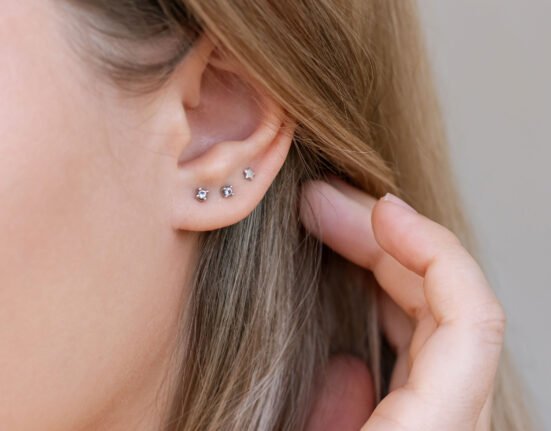Gardening is fun. Besides making your body more active, it also gives you the chance to breathe fresh air and enjoy nature.
The good news is, gardening has also been proven to benefit mental health. Several studies show that gardening can help reduce stress, improve mood, and even boost the immune system.
A study published in the British Journal of Sports Medicine even found that just 10 minutes of gardening per week may lower the risk of heart disease. No wonder many people see gardening as both a hobby and a form of relaxation therapy.
However, behind all these benefits, gardening also comes with small risks that are often overlooked: injuries.
Scratches from thorns, being poked by branches, or getting cut by gardening tools can happen at any time. These wounds are often noticed only after you’ve finished working.
Soil, compost, and dirty tools can all harbor bacteria that may cause infection. That’s why it’s important to know how to properly treat minor wounds to prevent them from becoming something more serious.
First Aid Steps for Gardening Wounds

1. Clean the Wound Immediately
Don’t delay. As soon as you notice a wound, wash your hands first before touching the injured area.
Rinse the wound with running water and mild soap to remove dirt or soil. If clean water isn’t available, use antiseptic wipes instead.
2. Apply Antiseptic
To prevent infection, apply an antiseptic solution. A practical option is wund+™ Wound Spray, which contains HOCl (hypochlorous acid).
This ingredient is known to be effective in killing germs while still being gentle on the skin, so it doesn’t cause excessive stinging.
The advantage is that it doesn’t need rinsing, making it quick and easy to use while gardening.
3. Cover the Wound Properly
Once the wound is clean, cover it with a sterile bandage or plaster. If you plan to continue gardening, wear clean gloves to reduce the risk of dirt getting into the wound and to protect it from further injury.
4. Change the Dressing Regularly
Bandages or plasters should be changed daily, or more often if they become wet or dirty. Keep the wound moist to promote faster healing, as wounds that dry out excessively can form thick scabs, slowing down the recovery process.
5. Watch for Signs of Infection
See a doctor immediately if the wound becomes increasingly painful, swollen, red, or produces pus, or if you develop a fever.
Even small wounds should not be ignored—especially if you have certain conditions like diabetes, which can slow down wound healing.
Tips to Prevent Gardening Injuries
Prevention is always better than a cure. Here are some ways to reduce the risk of injuries while gardening:
- Wear thick, comfortable gloves.
- Keep gardening tools clean.
- Trim sharp branches or thorns before starting work.
- Avoid gardening in open-toed sandals—opt for closed shoes to protect your feet.
Gardening is indeed healthy, but small scratches are sometimes unavoidable. With quick action—cleaning, disinfecting, covering, and monitoring the wound—you can prevent infection.
Never underestimate even a minor scratch, as proper early care can speed up healing and prevent complications.
References
First Aid Training. Accessed in 2025. First Aid for Gardeners
Ohio State. Accessed in 2025. Risks of gardening with an open wound














Leave feedback about this